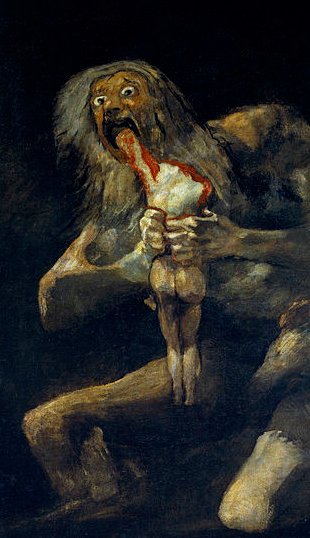4. Both Regulus and Antares, we have found, evidently could have been referred or alluded to in two places in the G text. Or this view might be only the result of too quick a judgment from flimsy coincidences. Let us review the Regulus case: I had observed a similarity in names between Achird for η Cassiopejae in my astronomy book on one hand and Allen's note about the Khorasmian name Achir for Regulus (α Leonis) on the other, and I had no other information at hand as to what the name Achird might mean. Khorasmian Achir meant 'Possessing Luminous Rays' according to Allen. I thought this was reasonable because once upon a time Sun must have inhabited Leo when he ruled the hot part of summer, when Sun was like a lion - the king among animals. I then thought I could recognize the flames of Sun in the glyph which I had counted should correspond to η Cassiopejae:
Next step was to look for the glyphs around the Regulus position, had they signs of flames too? No they had not:
I have in Camp 6 suggested the following 7 glyphs could refer to spring equinox, and north of the equator there are 89 days from winter solstice to spring equinox:
Equinoxes are like solstices related to Sun and if he should be regarded as the king among stars, then a position of Regulus close to spring equinox ought to be an ideal situation - which by coincidence happens to be where he is today south of the equator - the point of his return. The strange fact that the current right ascension values for prominent stars seem to fit with the distribution of the glyphs is probably due to an effort of the creator of the G text to present in an understandable way a calendar which incorporates the path of Sun over the year. The map originally was constructed with Leo representing summer. By now coincidence has moved spring equinox south of the equator to Leo. Winter ends (the great tagata in Ga4-1 and the following takaure with 3 feathers down below and at left) because spring equinox has come (henua in Ga4-3). Saturn then makes away with the old season, 4 * 4 = 16 (as in 16 * 29½ = 472):
Goya has illustrated how Saturn devours one of his children. |
|||||||||||||||||||||||||||||||||||||||||||||||||||||




